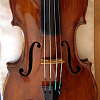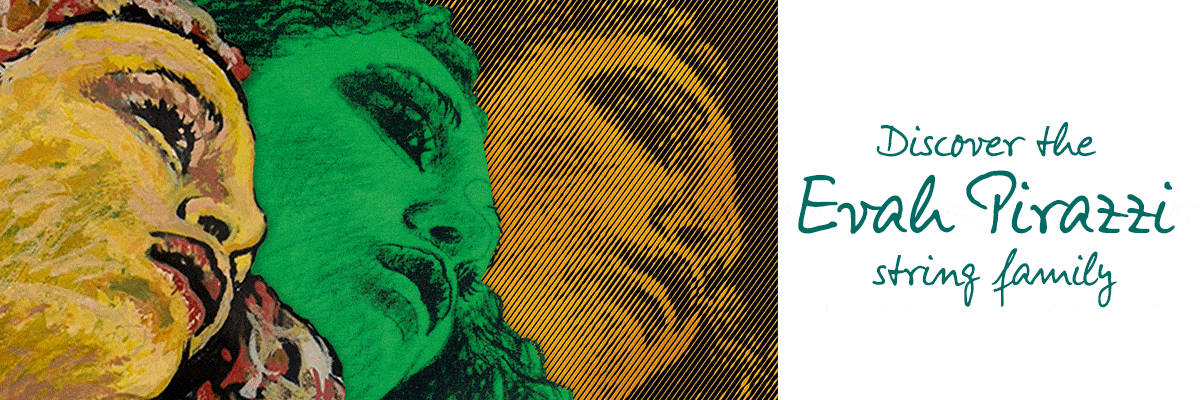
May 2013
V.com weekend vote: Which hand tends to be dominant for you, in your violin-playing?
May 24, 2013 08:53I think that most people have a dominant hand, in their violin-playing, and it is not necessarily determined by whether they are right- or left-handed.
I noticed one of my teaching colleagues describing to a student how to feel something in the bow hand, and it dawned on me, that she herself tends to feel her playing mostly in the bow hand: in that tension of hair against the string, the feel of the stick against the thumb, even in the movement of hand and arm.
I feel that, too, but I think I mostly feel my violin-playing in my left hand: the strings into my fingers, the vibrating of the strings, the vibrato in my hand, the violin neck on my thumb.
On which side to you feel your violin playing most strongly, in the bow hand, or the violin hand?
V.com weekend vote: What do you use to tune your violin?
May 17, 2013 22:09What do you use to tune your fiddle, when you have no orchestral oboist around?
V.com weekend vote: Do you know who the former player/owner of your current fiddle was?
May 11, 2013 14:13If violins could speak, what stories they might tell!
I wonder -- ardently -- who played my Italian violin before me. I know that it was in a state of great disrepair when my luthier restored it, that it came to him from England, but no more. It did not come with a long paper trail, just a beautiful voice that can't speak any language or tell me about anything but music. It's about 200 years old, and clearly it was played before I had it. But by whom? And where? And what did they play on it?
I ponder these questions, having dived deeply this week into the well-documented history of the violin Frank Almond plays, the 1715 Lipinski Strad. That violin went everywhere, played so many things and touched the hands of all kinds of famous people from our history books!
Of course, a violin's story doesn't even have to be anything so high-profile as this in order to still be fascinating. I found it very interesting, for example, when I went to a concert at my daughter's high school and discovered that an old velvet fiddle case I'd donated to them was being used to collect donations for the school district. There it was, with my maiden name and childhood address, still on a little metal plate! And I also discovered that one of my former students had lent her violin to another former student that I'd started in a school program -- she was still playing and needed a nice instrument. Glad she got it!
It's a small world, full of real stories that are so much wackier than fiction. Do you know who was the former owner of your fiddle?
V.com weekend vote: Have you ever bought a violin you ended up strongly disliking?
May 4, 2013 21:49I was so excited, buying my very first violin at the music store. I knew the best one to get, too: the one with the prettiest case.
Yes, that's right. I was about 10 years old, and I'd been playing for about one year. It's possible that I was judging the fiddle by the wrong attributes. My ear told me fairly quickly about my mistake, and the case -- not all that great -- was no consolation. Awful fiddle! What sweet relief, when I inherited my grandmother's fiddle, which was so much better.
One can fall out of love with a fiddle for a number of reasons: you could have made the mistake of a beginner, as I did. Or, the violin's voice did not develop well over time, as can be the case with a brand new violin. Or your taste matures, and you simply wind up needing a different sound, response, etc. out of your violin.
How about you, have you ever bought a violin that you later wound up disliking?
More entries: April 2013
Violinist.com is made possible by...
Dimitri Musafia, Master Maker of Violin and Viola Cases
Johnson String Instrument/Carriage House Violins
Subscribe
Laurie's Books
Discover the best of Violinist.com in these collections of editor Laurie Niles' exclusive interviews.

Violinist.com Interviews Volume 1, with introduction by Hilary Hahn

Violinist.com Interviews Volume 2, with introduction by Rachel Barton Pine






